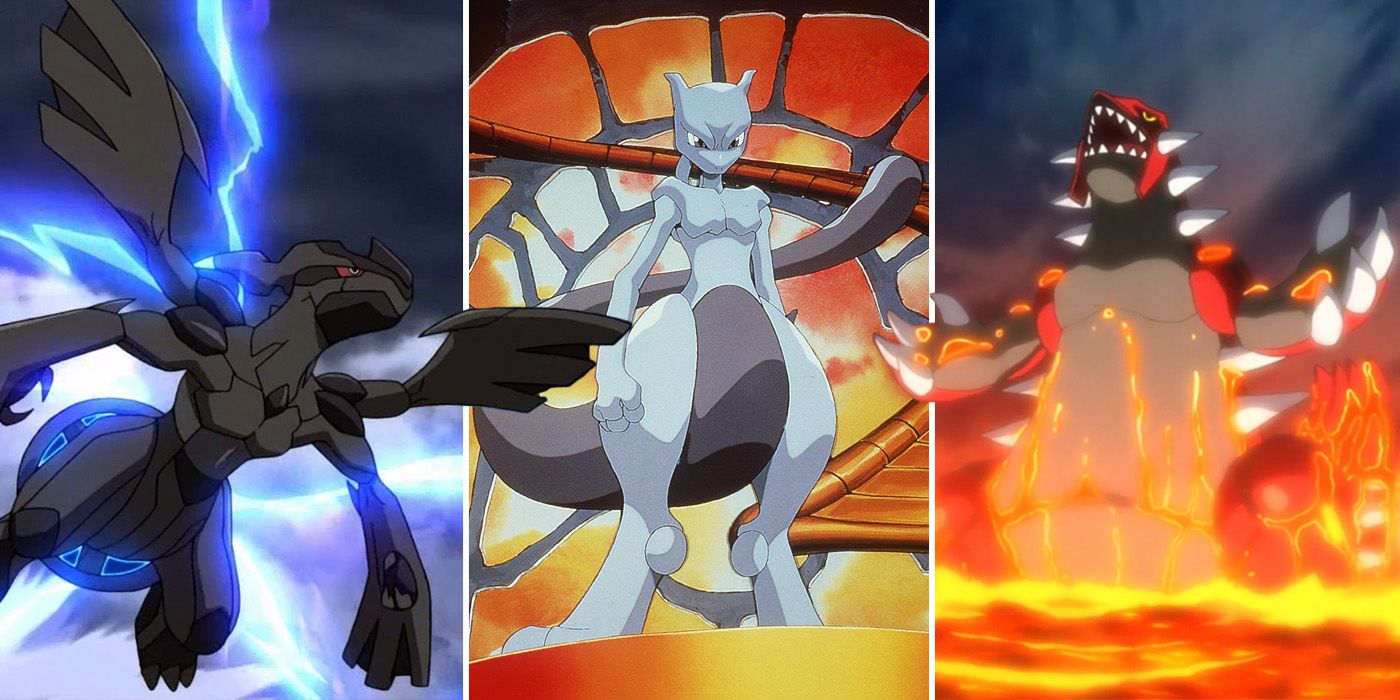
Ever since the days of Pokemon Red & Blue, Legendary Pokemon have played an incredibly important role in the Pokemon franchise. As well as sharing a connection with each game's story and expanding the series' overall lore, these powerful Pokemon can help players to overcome some of the games' toughest challenges due to their high base stat totals and impressive move sets.
RELATED: Pokemon: Every Generation's Starter Trio, Ranked
Not all Legendary Pokemon were created equally, however, with some bringing a lot more to the table than their peers. Whether due to their excellent designs, their incredible stats, or the interesting ideas and mechanics that they brought along with them, the Legendary Pokemon found in certain generations of Pokemon games are much better than others and thus far more deserving of their "Legendary" title.
8 Generation 7: Quantity Over Quality
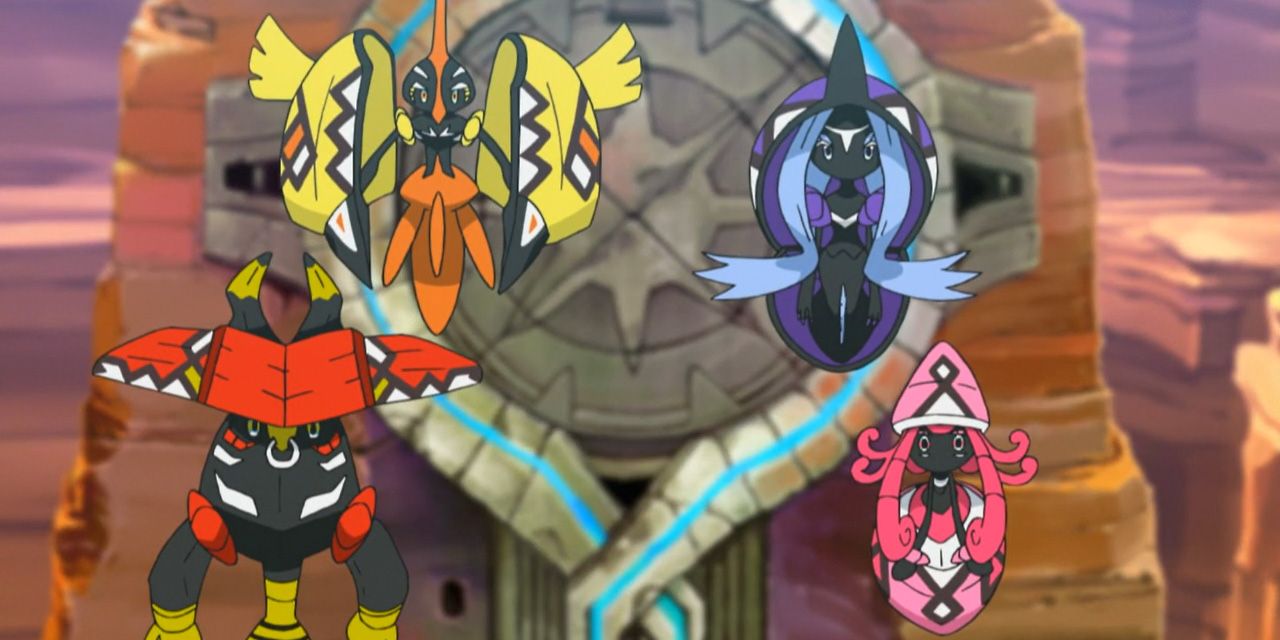
The introduction of eleven new Legendary Pokemon in gen 7 may seem like a good thing on paper, but the issue with Sun & Moon is that very few of the additions really feel that special. The Guardian Deities, though certainly in keeping with Alola's tropical theme in terms of their designs, are just a little too bland and their 570 base stat totals fall well short of some of the series' other Legendary Pokemon. Sadly, the problems don't stop there.
The idea of legendaries that can evolve is certainly a welcome addition to the series, but neither Silvally nor the game's mascots really feel worthy of the honor of being the first to be given pre-evolutionary forms. Necrozma is perhaps the generation's only real saving grace, as although it lacks a little in lore, its multiple forms and impressive stats at least make it an interesting Pokemon to battle with.
7 Generation 6: Three's A Crowd
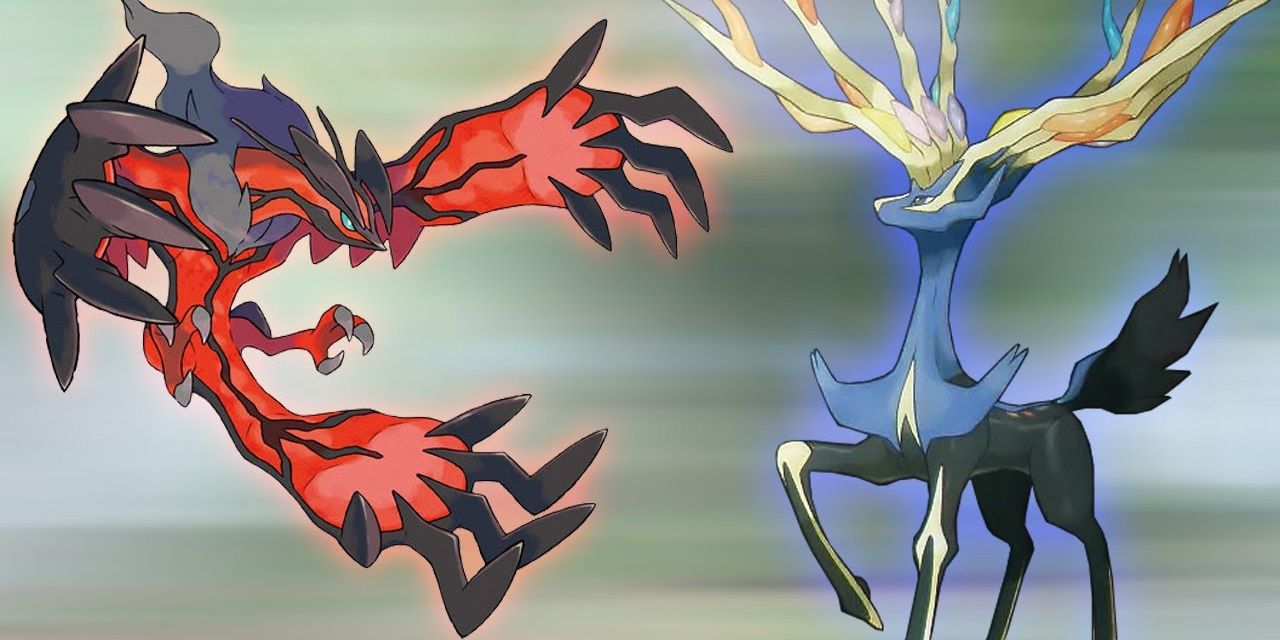
For Game Freak to be able to get away with only adding three new Legendary Pokemon, they needed to be good ones. Sadly, many feel that this just wasn't the case with the games' mascot Pokemon, Xerneas and Yveltal. Sure, the pair are immediately recognizable as Legendary Pokemon and their designs aren't half bad either, but their place in the larger Pokemon universe is a little less impressive.
The idea of two Pokemon centered around life and death is pretty cool, but the actual implementation of it leaves a lot to be desired. A tree-deer Pokemon that sleeps for thousands of years and a butterfly/moth Pokemon that absorbs power are a far cry from the likes of Arceus and Rayquaza. As with gen 7, Zygarde's multiple forms and immense power do offer a ray of sunshine, but its place in the series' lore is again a little too cloudy.
6 Generation 8: Dexit Strategy
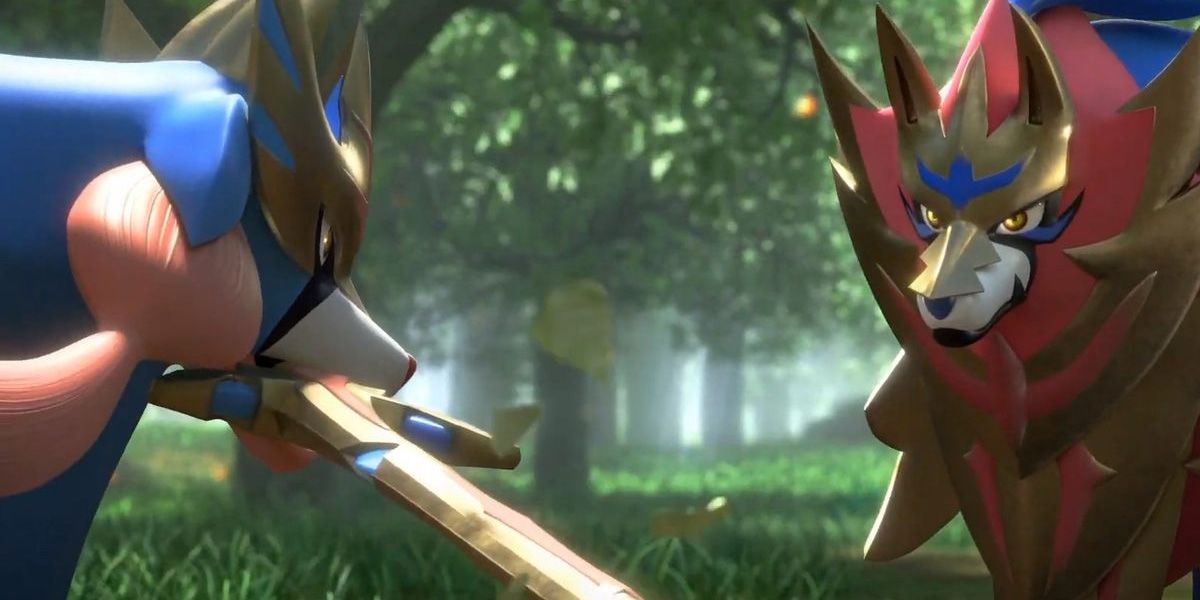
One of the biggest issues with Pokemon Sword & Shield isn't so much the legendaries that it adds, but instead the ones that it takes away. Dexit removed many of the series' most popular Legendary Pokemon, and while some of these were reintroduced further down the line, they only show up in the paid DLC. Worse still, seven of the generation's ten new legendaries are locked behind the same paywall, as too are the regional forms of the Three Legendary Birds.
RELATED: Every Pokemon Generation Ranked By Their Pokemon Designs
Were all of the new additions included in the base version of the game it would have actually been a fairly decent offering, and the three that are included are hardly bad. Unfortunately, however, the generation's overall impact on the total population of Legendary Pokemon has to be viewed as a negative one, if only because of the additional cost requirements associated with catching them all.
5 Generation 5: A Lack Of Ideas
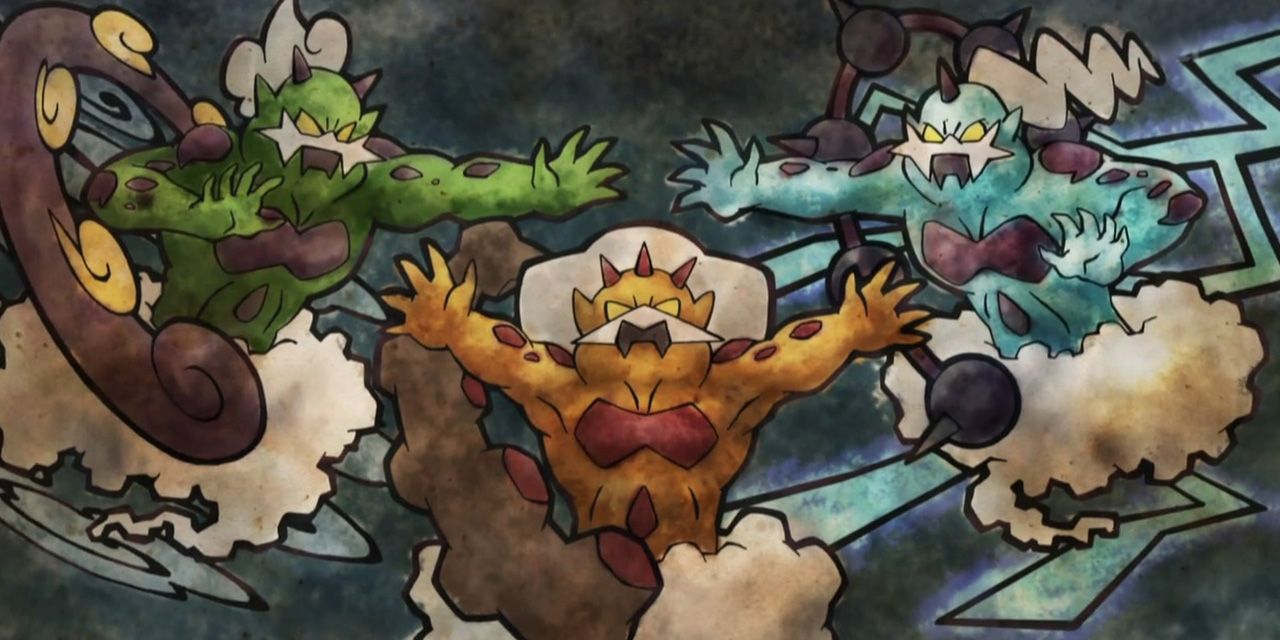
Ever since the first generation of Pokemon games and the Three Legendary Birds, the series has often added new legendaries in threes. Gen 5 took this idea a step further, however, introducing a trio of trios. It's just a shame that the resulting Pokemon were so underwhelming. The Swords of Justice felt like a poor man's Legendary Beasts, while the Forces of Nature are three of the worst legendaries of all time, both in terms of their designs and their combat skills.
Thankfully, the mascot Pokemon were once again on hand to save the day, with Zekrom and Reshiram each having a decent input on the game's story and also packing some impressive base stat totals. Through Kyurem, on the other hand, Game Freak was able to introduce the idea of merging multiple Pokemon together to create a stronger form and while this concept has been largely underused until recently, it compliments the series' evolution mechanics nicely nonetheless.
4 Generation 4: An Awkward Mix
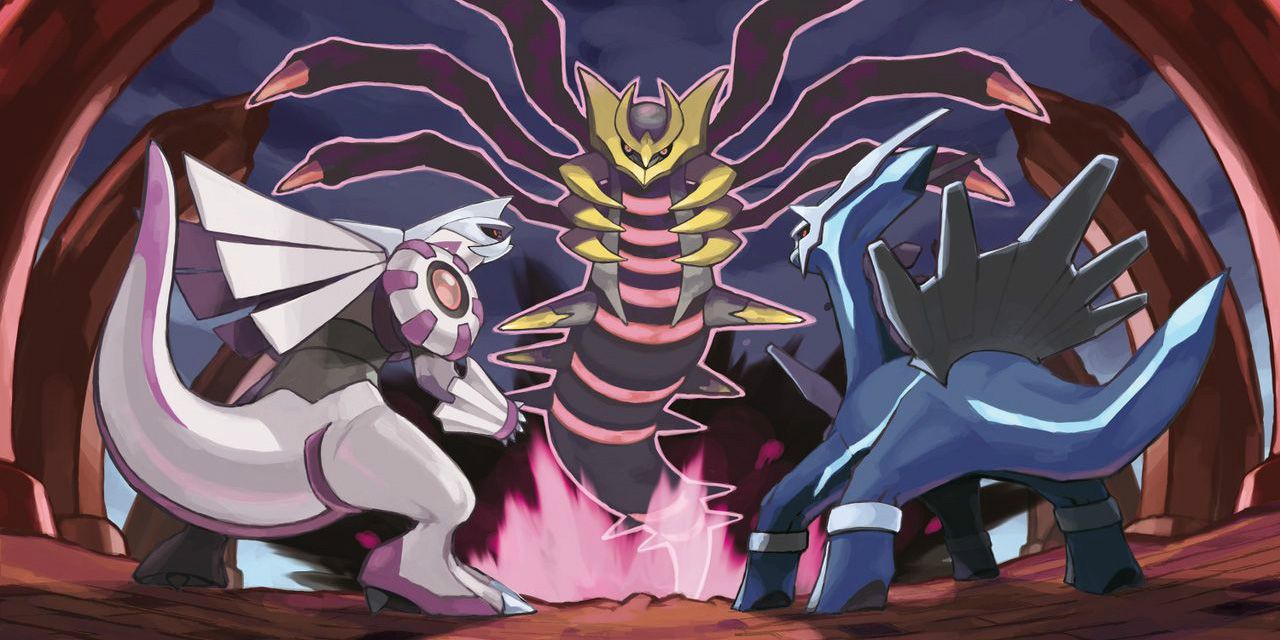
Many consider the Lake Guardians to be three of the worst Legendary Pokemon of all time, and for good reason. Their designs are generic, their base stat totals are poor and all three are psychic-type. Even if there hadn't already been a huge number of vastly superior psychic-type Pokemon available at this point, the lack of variety in their typing effectively made two of them useless right from the get-go. Luckily, there were six other gen 4 legendaries to pick up some of the slack.
The Creation Trio are all excellent additions to the series, not only in terms of their power and designs, but also their place in the series' lore. Though technically a Mythical Pokemon, Arceus' status as the supreme creator and master of the games' two Legendary trios really makes it stand out, as too does its ability to switch types depending on the plate that it's holding. Regigigas, Cresselia and Heatran serve as a nice bonus, even if they're unlikely to make it into any competitive teams.
3 Generation 2: All Roads Lead To Roam
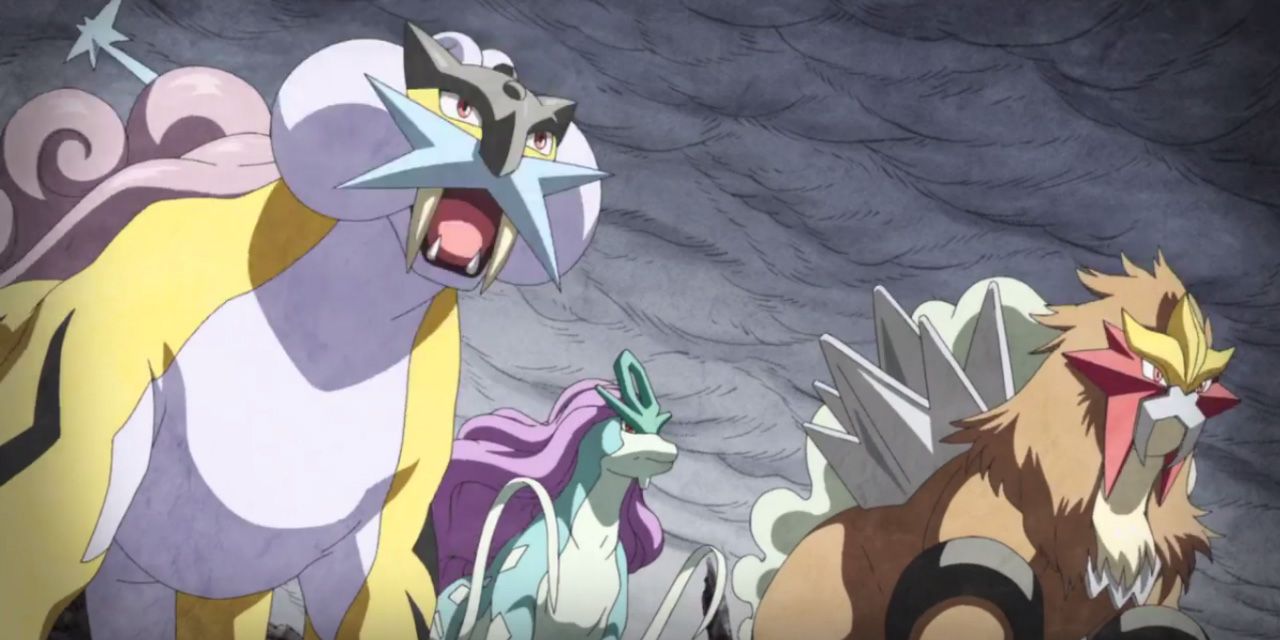
The second generation of Pokemon games don't introduce many new Legendary Pokemon. However, the ones that they do introduce are great, as too are some of the ideas that came with them. The connection between Lugia and Ho-Oh and their respective Legendary trios provided additional depth to the overall lore of legendaries, while the Pokemon themselves were every bit as powerful as fans had come to expect from Legendary Pokemon.
RELATED: Every Pokemon Generation Ranked By Their Gym Battles
The real stars of the show, however, were arguably the Legendary Beasts. Raikou, Entei and Suicune may not be the strongest legendaries out there, but their designs are all pretty cool and the idea of roaming legendaries was also a very nice touch. Not knowing exactly when or where one of the trio was going to show up created a real air of suspense and was a welcome change to the pre-established routine of visiting a precise location to catch a Legendary Pokemon.
2 Generation 1: Kanto Get Enough

With each new generation of Pokemon games, the number of legendaries has continued to grow. While it's always nice to be able to catch powerful new Pokemon, some will feel that the huge number of them available and the ability to easily trade them between games has perhaps cheapened the allure and appeal of Legendary Pokemon. That definitely wasn't the case in the gen 1 Pokemon games, however.
Mewtwo remains one of the most powerful legendaries of all time and learning about it in the Pokemon mansion prior to actually finding it really helped to build up excitement levels. Likewise, finding and catching the Three Legendary Birds was an experience full of both tension and excitement, which modern Pokemon games have often struggled to replicate. As tends to be the case with most things; people rarely forget their first.
1 Generation 3: Primal Powers
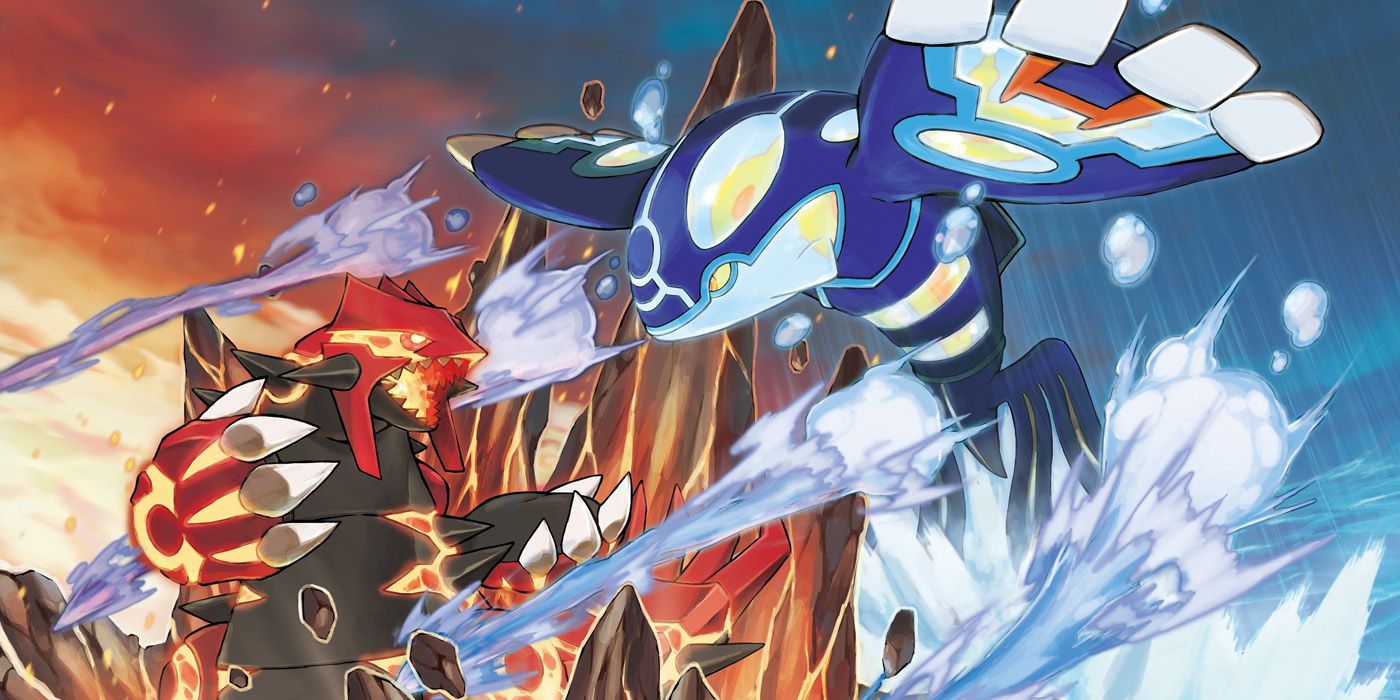
The eight legendaries introduced in the gen 3 games almost doubled the total number of Legendary Pokemon at that time, and, for the most part, they still hold up incredibly well today. Granted, the Legendary Titans aren't and were never really that good, but the other five legendaries found in Ruby, Sapphire & Platinum are all top-tier and can still be used competitively today given the right circumstances.
Latias and Latios might not add too much to the series' lore, but the pair are still incredibly popular with players and have featured prominently in both games and the Pokemon anime since making their debuts in gen 3. Groudon and Kyogre, on the other hand, are immensely powerful and also play an integral role in the games' story. Then there's Rayquaza, who remains one of the most powerful Pokemon in the entire series and can Mega Evolve without the use of a Mega Stone.
NEXT: Pokemon: Every Generation From Easiest To Hardest, Ranked

